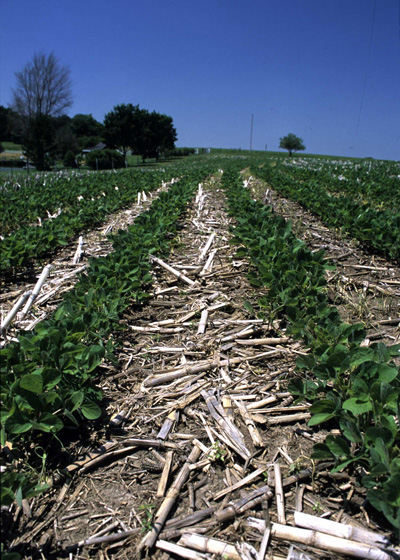|
|
 |
PAGE 39 / 102 |
 |
Unit 1: Basic Ecological Concepts and Principles Related to Agricultural Systems
Principle 4: Though ecosystems are dynamic and change over time, they are inherently stable.
 |
(Lynn Betts, USDA NRCS) |
Ecosystem processes occur on many time scales. Metabolic reactions related to the growth of plants and animals take place over seconds or minutes. Decomposition, which we discussed under nutrient cycling, takes from days to years depending on the type of organic material and amount of moisture. Plant succession takes place over decades. Soil formation can take centuries. Moreover, ecosystems go through seasonal changes, which means populations and spatial arrangements of plants and animals are often in a state of flux. Nevertheless, ecosystems are remarkably stable and resilient. Gliessman uses the term dynamic equilibrium when discussing this concept, and notes that it is of critical importance in our working toward the goals of ecological balance and sustainability. Dynamic equilibrium has been achieved when a farm or ranch is “functioning on the basis of sustained resource use, which can be maintained indefinitely despite ongoing and regular change in the form of harvest, soil cultivation and replanting.” Gliessman (2007).
Given that definition, do you think the terms sustainability and stability could be used interchangeably? Think about that for a moment then continue to the next page. |